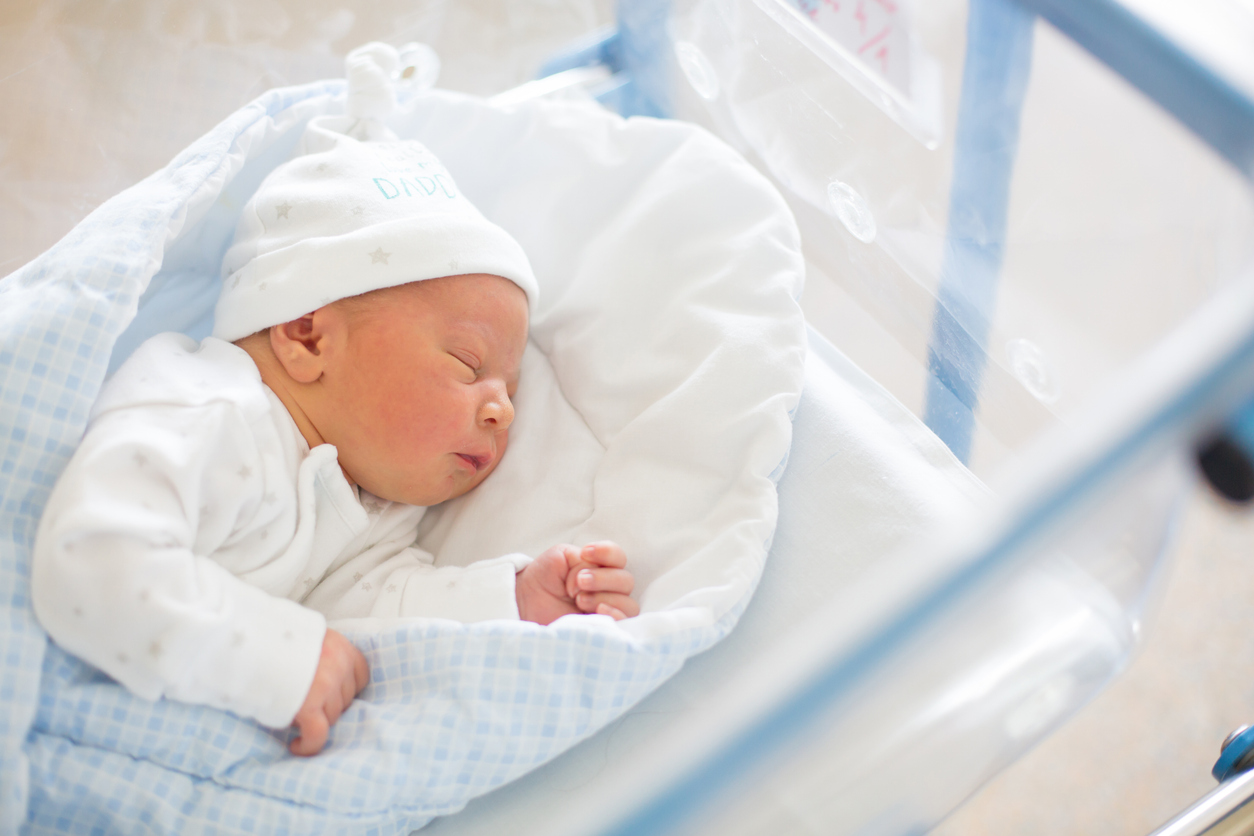2025-09-12
The fat that saves babies: spotlight on the role of BMP8B in cold resistance
Endocrinology and Metabolism Pediatrics
#BrownAdiposeTissue #NewbornHealth #Endocrinology #Pediatrics #Metabolism #MetabolicAdaptation #ClinicalResearch #Infants #BMP8B #NeonatalPhysiology
Neonatal hypothermia remains a major health issue, particularly during the transition from the intrauterine to the external environment. While the role of brown adipose tissue (BAT) in heat production has long been recognized in newborns, its underlying physiological mechanisms remained poorly understood. This innovative study uses non-invasive infrared thermal imaging (IRT) to analyze BAT activity in infants while also examining key hormonal markers, including bone morphogenetic protein 8B (BMP8B), in early thermal regulation.
No needles, no radiation: a high-tech approach for newborns
The study involved 50 healthy full-term newborns exposed to moderate thermal stimulation: immersion of the right foot in 19 °C water for 3 minutes on postnatal days 1 and 2. Peripheral body temperatures (arm, neck, ear) and BAT temperature (interscapular region) were measured using IRT cameras. Blood samples were used to assess glucose, triglycerides (TG), thyroid hormones (T3, T4), FGF21, and BMP8B levels.
Can cold exposure teach babies’ bodies to warm themselves?
IRT analyses showed BAT temperature ranging from 34 to 38 °C, with a significant linear correlation between BAT and overall body temperature, regardless of measurement site (ear, neck, deltoid). This confirms the crucial role of BAT in maintaining body temperature in newborns.
After cold exposure, peripheral temperatures (especially the ear and deltoid) dropped significantly, while BAT temperature remained stable, indicating effective thermogenic activation. The neck region, anatomically close to BAT, better maintained its temperature, suggesting direct local thermal influence.
Circulating levels of BMP8B and FGF21 rose significantly after cold exposure. Among these two hormones, only BMP8B showed a direct correlation with body and BAT temperatures, particularly after repeated cold exposure (day 2). In contrast, thyroid hormones (T3, T4) and glucose showed little to no association at first but exhibited stronger links after the second exposure, indicating delayed endocrine adaptation.
Newborns exposed to cold from day 1 better maintained their body temperature during the second exposure (day 2), unlike the control group. This adaptive response was strongly correlated with BMP8B levels, not with traditional hormones, suggesting a fundamental role of BMP8B in the rapid establishment of BAT thermogenic capacity.
Could brown fat become a therapeutic tool?
This study provides new insight into the mechanisms of non-shivering thermogenesis in infants, identifying BMP8B as a central hormonal player and a potential biomarker of BAT activity. The use of IRT as a non-invasive monitoring tool offers promising perspectives for safe neonatal thermal surveillance without radiation exposure.
By demonstrating that BAT is activated from birth and directly contributes to thermal regulation, the study highlights the essential role of BMP8B in establishing thermoregulation. Cold exposure acts as both a hormonal and functional trigger for BAT, reinforcing thermal adaptation. These findings open new clinical avenues for preventing neonatal hypothermia and its potentially severe consequences.
Read next: Pre-Baby Boost: The Supplements That Make a Difference
About the author – Lila Rouland
Source(s) :
Urisarri, A., et al. (2025). BMP8 and activated brown adipose tissue in human newborns. Nat Commun. 2021 Sep 6;12(1):5274 ;

Last press reviews
Aromatherapy in patients with cancer: hope for anxiety, but not for depression?

By Lila Rouland | Published on December 31, 2025 | 3 min read<br>
Emerging influenza threat: the rapid rise of A(H3N2) subclade k in Europe

By Carolina Lima | Published on Décember 30, 2025 | 3 min read
Combined exercise: a winning strategy for post–breast cancer cardiorespiratory fitness

By Lila Rouland | Published on December 29, 2025 | 3 min read<br>